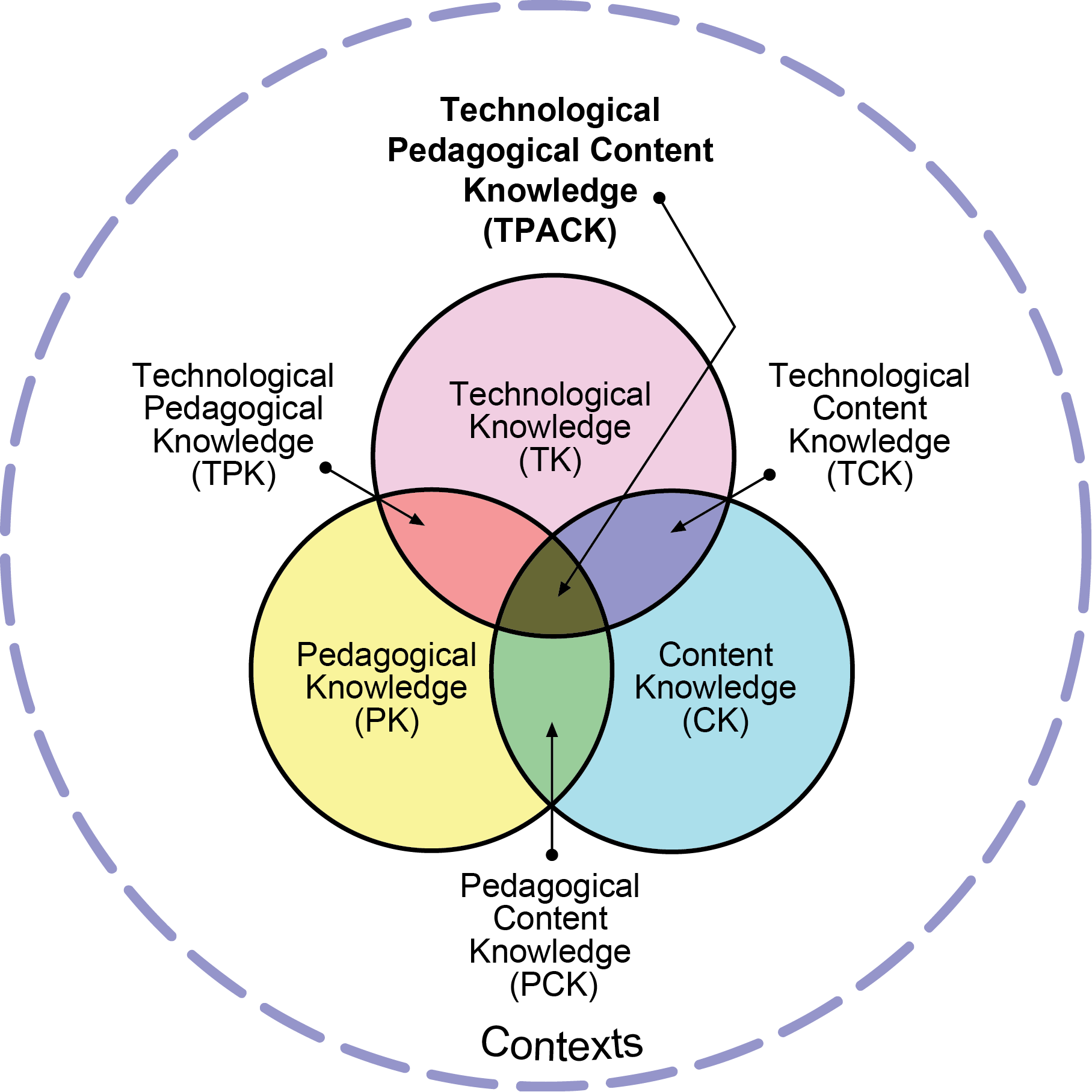I started teaching in the days of web 1.0. Web-based tools were not common or user-friendly, YouTube did not exist, most websites were static, and LMSs were not yet prevalent (or visually appealing).
In those days, any online course content was likely hosted on web-space included with the instructor’s institutional computer account (example: this wonderful resource has been around since 2005). This often required some knowledge of HTML, Pearl/CGI scripting, UNIX command line, etc. So, most instructors didn’t do it. Or they kept things really simple: mostly text-based content, very few images, and definitely no video.
Having spent my teenage years in front of computers, I felt comfortable with the web technologies of the time, and I was fairly well-equipped to use them to generate online learning content.
As teaching became a full-time job, however, I started to place more of my focus on content and less on keeping up with technology. The emergence of LMSs also made it feel like it was less necessary to keep up. After all, I was “using technology” (ie. LMS, & PowerPoint) to teach. During that time, web technologies moved forward significantly, but I didn’t keep up because I didn’t stay “plugged in” to that aspect of things. In addition to that, Blackboard’s own research shows that, like most teachers (Whitmer, n.d.), I wasn’t using the LMS to its full potential.
This is where the MET program came in. It has given me the “push” I needed to go and explore what’s available, and to do this while keeping pedagogy in mind. I have been able to use many of the assignments in this program as opportunities to explore various online resources and software tools.
For example, I credit the MET program with giving me the “nudge” I needed to get started with online video – my first YouTube video was the result of an ETEC 510 assignment.
Ever since Salman Khan showed the world the potential of video for education (Khan, S. 2011), much research has confirmed its effectiveness (“Pedagogical benefits”, n.d.). So, it is a tool that I did want to start using to help my students, however as pointed out by Derek Muller (2013): just having “a video” doesn’t guarantee learning success, the presentation of the content needs to be carefully considered. Here, guidelines put forward by Mayer (2014) will likely prove helpful to me.
In addition to video production, MET courses like ETEC 522 and ETEC 565M have given me opportunities to explore more technical topics that may have potential educational uses or implications, including Artificial Intelligence, Digital Rights Management, Virtual Worlds, Telepresence, etc – things that my “inner geek” wanted to learn about, but my “inner teacher” never thought it would be a wise use of my limited time. For example, a group project in ETEC 565M gave me the opportunity to explore intelligent assistants and chatbots in some detail.
These explorations have given me a better idea of what’s currently possible, and have allowed me to learn new software and skills:
- http://www.lrnbl.com/artifacts/user-participation-and-interaction/#tk
- http://www.lrnbl.com/artifacts/a-new-way-to-present-a-concept/#tk
- http://www.lrnbl.com/artifacts/3d-video/#tk
- http://www.lrnbl.com/artifacts/an-introduction-to-andragogy/#tk
- http://www.lrnbl.com/artifacts/moodle-course-site/#tk
This new-found awareness of the possibilities and experience with using some of the tools have given me a better appreciation of what it would take to make some things happen (ie. some things are actually easier than one might assume). It has also sparked ideas for new projects that I plan to explore:


